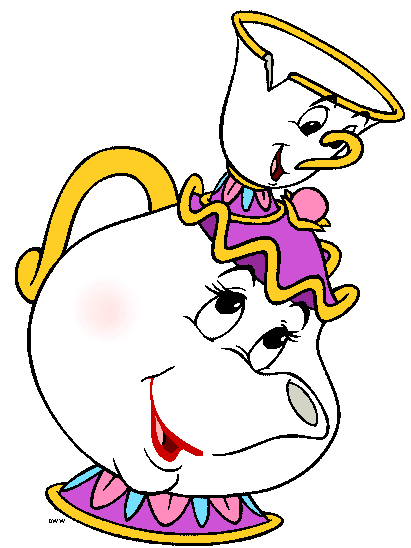Repair & Protect
Does My Child Need A Crown?
Crowns are recommended for kids who have serious cavities, or who have experienced damage to their teeth due to oral trauma. A crown is built to cover up and replace their natural tooth structure, so they are usually only necessary when the tooth has been seriously damaged. To find out if a crown is right for your child, we recommend scheduling an appointment with Dr. Richard at Milpitas Children’s Dental.
The Benefits of Dental Crowns
Get the Royal Treatment for Your Little One
Natural-Looking
Dental crowns can be built to look and feel just like a natural tooth, restoring your child’s bite and their smile.
Save Time & Money
With a crown, they’ll avoid further dental complications due to a cracked or damaged tooth, such as a tooth infection. This saves you time and money, and ensures your child experiences minimal pain and discomfort.
Durable Restoration
Your child’s crown will last for years to come, and protect the underlying tooth structure from further damage or decay, ensuring their smile remains bright and beautiful.
The Lifespan of Crowns
How Long Do Crowns Last?
This depends on the type of crown used to treat your child. Stainless steel crowns, which are often used on baby teeth due to their low cost, typically are intended to last 4-5 years, or until your child’s baby tooth falls out naturally. On the other hand, tooth-colored ceramic crowns are designed to replace adult teeth, and can last 10-15 years or longer with proper care.
Regardless of the type of dental crown your child gets, proper dental hygiene is essential for keeping it healthy. You should make sure your child is brushing twice a day for two minutes and flossing once per day, and your child should see Dr. Richard for an oral exam every six months to ensure their crown and their teeth are healthy and strong.
Crowns vs. Fillings
What You Need to Know
Both dental fillings and crowns are used to restore decayed teeth. The main difference is that fillings are not appropriate for extensive decay. In teeth that have very large cavities, a filling won’t be strong enough to protect and restore the tooth.
So, in these cases, a crown is a better option. Because it will cover up and replace the entire tooth structure, it will be stronger, more resistant to wear and tear, and provide better overall results compared to a filling. At your child’s appointment, Dr. Richard can discuss the differences between these treatments in more detail, and help you determine which option is right for your child.
The Pediatric Crown Procedure
The procedure begins with numbing your child’s mouth to ensure they’re as comfortable as possible and feel no pain. A topical numbing gel will be applied to their gums and then we will inject a local anesthetic that prevents them from feeling any pain from preparing their teeth for dental crowns.
Additional sedation can be used if your child has dental anxiety, tooth sensitivity, or low pain tolerance. Then, we will need to file down some of your child’s tooth to create enough space to fit a crown over top. We will remove a small amount of the tooth’s natural structure and create the ideal shape to fit into a dental crown. We will also file away any remaining decay from the tooth.
Then, depending on the type of dental crown your child is choosing, it may be placed the same day (in the case of stainless steel crowns) or we may need to take impressions of their teeth and wait for the crown to be constructed by a dental lab. Once we have the dental crown, we check how it fits over the tooth, and if it’s satisfactory, we cement it into place.
Is It Painful?
No, you can feel at ease knowing that there is nothing painful about the pediatric dental crown process. We take every step possible to ensure that your child feels fully comfortable, from administering anesthesia and sedation to distracting them with TVs in our operatories.
We can even explain the procedure to your child in a way that will keep them informed but without scaring them. A dental crown will protect your child’s tooth from wear and tear, making it stronger and more durable.
Your child can leave our dental office feeling happy, knowing that their tooth will be protected from chewing forces and damage until the tooth is ready to naturally fall out.
Does My Child Need A Crown If the Baby Tooth Will Fall Out Anyway?
While it’s true that baby teeth naturally fall out on their own anyway, it doesn’t mean that these teeth don’t matter. Your child’s baby teeth are very important not only for their ability to chew and speak but for their overall oral health and their permanent teeth development.
A dental crown is placed over teeth that have been severely decayed or damaged to protect them from further damage. A crown can hold a broken tooth together, offer more durability when your child chews, and protect a tooth in a weakened state.
The reason it’s worth it to protect baby teeth is that they maintain space in your mouth for the permanent teeth to erupt. If your child loses a tooth, they will suffer from jawbone loss that causes long-term issues, like changes to their facial structure.
More importantly, however, the surrounding teeth will shift without this tooth in place, which can lead to orthodontic problems. With teeth leaning into this previously empty space, the permanent tooth will no longer have a place to erupt through the gums, which can result in impaction.
